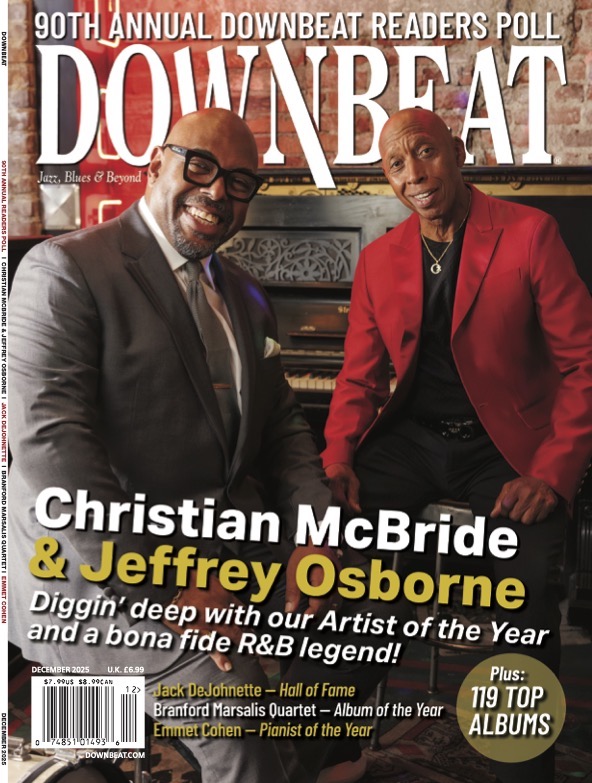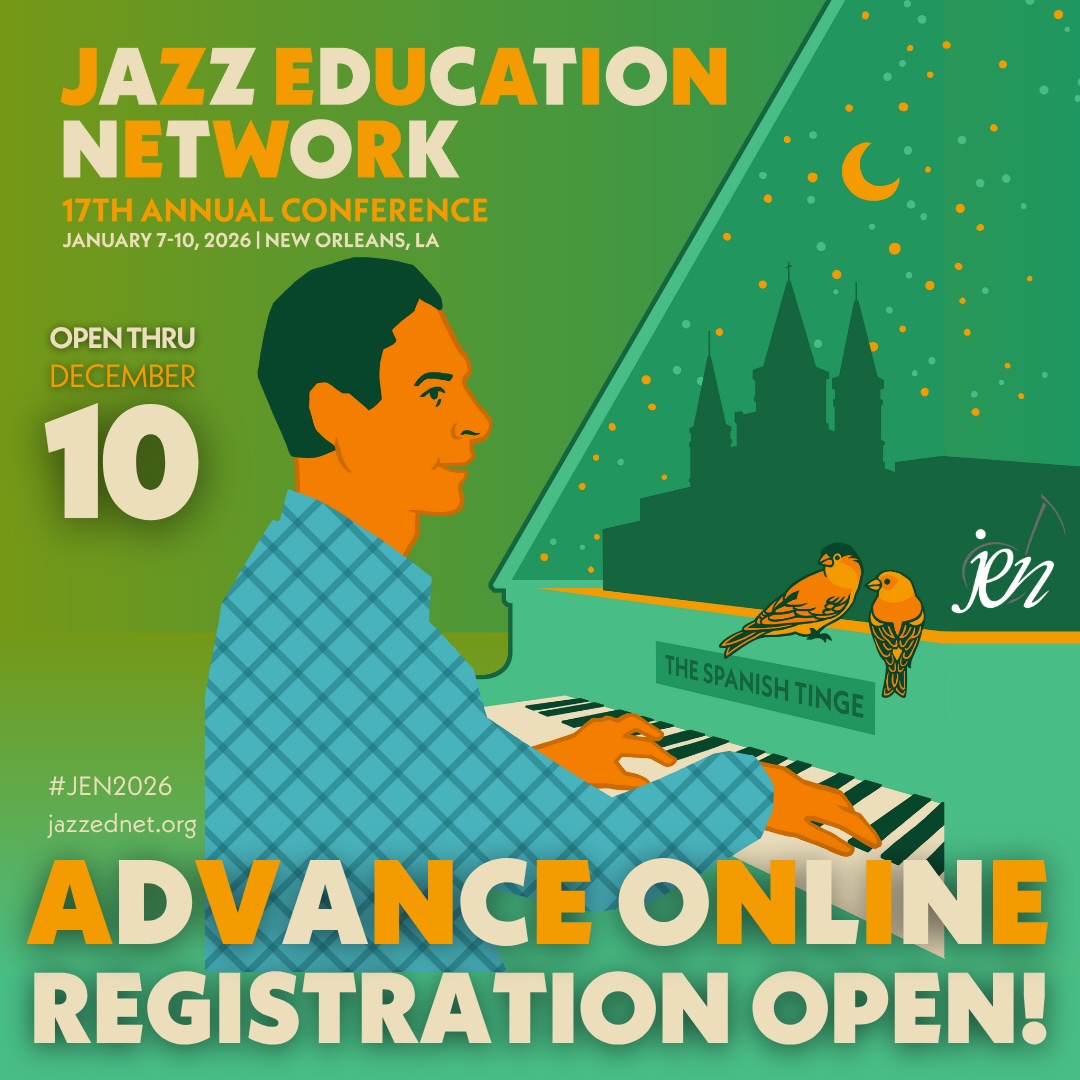Oct 28, 2025 10:47 AM
In Memoriam: Jack DeJohnette, 1942–2025
Jack DeJohnette, a bold and resourceful drummer and NEA Jazz Master who forged a unique vocabulary on the kit over his…
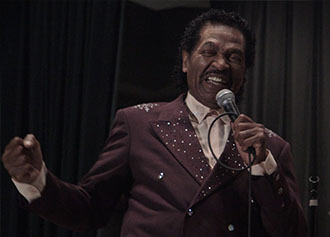
Bobby Rush in a screenshot from the film I Am The Blues.
(Photo: )“This guitar is a Bible!” exclaims delta blues musician L.C. Ulmer in the documentary film I Am The Blues.”“From Genesis to Revelation,” chimes in Little Freddie King. That’s just one of many memorable moments in this interesting examination of the blues.
The film takes a musical journey through the swamps of the Louisiana Bayou, the juke joints of the Mississippi Delta and the barbeque hot-spots in North Mississippi Hill Country. It introduces audiences to “the last original blues devils.” Now octogenarians, some of are working the modern-day Chitlin’ Circuit.
The film’s main protagonist is legendary, Grammy-nominated recording artist Bobby Rush. Referred to as “The King of the Chitlin’ Circuit,” Rush, 83, maintains a busy performance schedule. “I don’t believe I went under 200 dates [a year] for 58 years,” he says.
Born in 1933 in Homer, Louisiana, the son of a preacher, Rush built his first guitar (aka diddley bow), and by his early teens was performing solo at local juke joints.
After moving to Chicago in the mid-1950s, he began working with the Windy City’s blues icons. From the 1970s onward, Rush has been national star, thanks tunes such as “Chicken Heads” and “Ain’t Studdin’ You.”
He relocated to Jackson, Mississippi in the early ’80s. Rush has won new followers through his TV and festival performances, but fans can still catch him playing to packed houses in clubs.
Also featured in the film is trailblazer Barbara Lynn, who has been playing a left-handed Stratocaster and singing her original blues and soul songs for decades. She had a chart-topping hit in 1962 (“You’ll Lose A Good Thing”) and embarked on subsequent tours with artists such as B.B. King, Otis Redding and James Brown
The film examines an impressive cast of colorful characters, such as Louisiana-based pianist and singer Henry Gray, 91, who has nearly 60 albums to his credit and has played with numerous artists (including Robert Lockwood, Jr., the Rolling Stones, Muddy Waters and Howlin’ Wolf); singer, pianist and songwriter Carol Fran, 83, born in Lafayette, Louisiana and honored by the National Endowment of the Arts for her distinct voice and playing style; Lazy Lester (b. Leslie Johnson, 1933), originator of a unique style he calls “swamp blues”; guitarist and singer Robert “Bilbo” Walker, 79, raised in the heart of the Mississippi Delta; “Master of the Stratocaster” Lil’ Buck Sinegal of Lafayette; and folk-blues musician Jimmy “Duck” Holmes, proprietor of the Blue Front Café in Bentonia (one of the oldest juke joints in Mississippi).
In one of the film’s most poignant moments, Holmes says he is waiting for someone to come and study with him. One of the last living practitioners of the “Bentonia Style”—hardcore, unpolished folk blues—he is a conscious advocate of this distinctive tradition.
In interview with DownBeat, the film’s writer-director, Daniel Cross, praised Holmes’ musicianship as “a unique style of blues that no one plays anymore,” adding that Holmes “learned at the feet of [founder of the style] Henry Stuckey. He now needs to teach it to someone else—needs someone to sit at his feet the way he did.”
Cross makes it abundantly clear just how much the blues means to these musicians, as they comment on its source (“When I do my blues, it comes from my heart”), function (“the blues is my friend”) and vital importance (“It means everything to me; I can’t do without it.”).
Alluding to the cultural significance of the music, Holmes notes that “somebody needs to learn it enough so that it doesn’t get lost in the shuffle. Know how to play it, know what it means—not just here in the black community; what it means to America, period.”
Cross, an award-winning documentary filmmaker and founder of EYESTEELFILM in Montreal, is an associate professor at Concordia University’s School of Cinema. “Dr. Ike” Padnos, founder of The Ponderosa Stomp Foundation, served as his creative consultant on the film.
Cross’ interest in the blues began circa 1980. “I was 19 or 20, and found myself at a blues fest in Vancouver. I met Frank Frost, Sonny Terry and others. … I kind of became their roadie on that tour.”
Cross developed a deep love for the music. “Meeting Frank Frost and [blues drummer and vocalist] Kansas City Red changed my life,” he recalled.
Inspired to document “the original blues,” he set out on a mission “to go down into the Deep South, where blues originated, and see if there were musicians who were still playing; musicians who didn’t have management, whom I could spend unadulterated time with, rather than scheduling formal interviews,” he said. “I wanted get a feel for the spirit, the last living experience of men and women who play the blues. Playing the blues means living the blues.”
The film touches on racism and its implications for the musicians, with Rush recalling how, playing in the suburbs of Chicago in the 1950s, his band was forced to play behind a curtain. “[White people] listened to our music, but they didn’t want to see our faces.” A passing train becomes a metaphor for the “separation of communities, like a Dixie line,” explains Rush. “North and South. The white side and the black side. At one time you couldn’t be caught on the north side of the tracks.”
I Am The Blues premiered at the International Documentary Film Festival in Amsterdam last November, then was screened at SXSW in Austin, Texas in March. Following well-attended screenings across Canada, a New York company is now working on theatrical distribution in the U.S and internationally.
In attendance at the Montreal premiere in June, Cross urged the audience to “support the blues and blues musicians.”
Beautifully shot by John Price, director of photography, I Am The Blues chronicles the waning days of these artists, two of whom have since passed away.
Indeed, Cross’ documentary is a clarion call for the torchbearers needed to keep the blues and its associated culture alive.
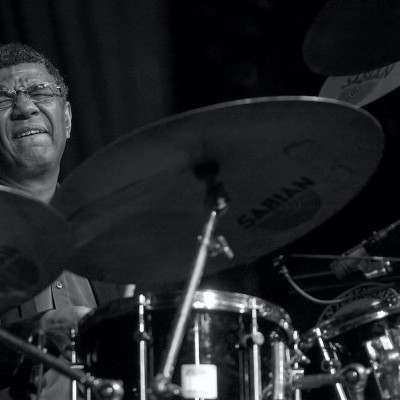
Jack DeJohnette boasted a musical resume that was as long as it was fearsome.
Oct 28, 2025 10:47 AM
Jack DeJohnette, a bold and resourceful drummer and NEA Jazz Master who forged a unique vocabulary on the kit over his…
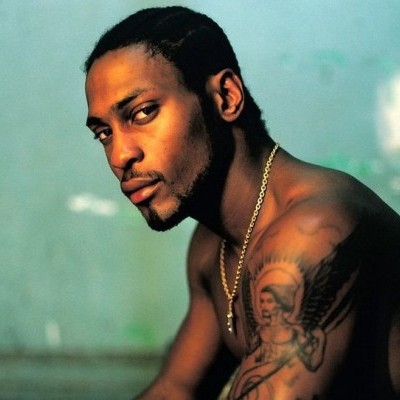
D’Angelo achieved commercial and critical success experimenting with a fusion of jazz, funk, soul, R&B and hip-hop.
Oct 14, 2025 1:47 PM
D’Angelo, a Grammy-winning R&B and neo-soul singer, guitarist and pianist who exerted a profound influence on 21st…
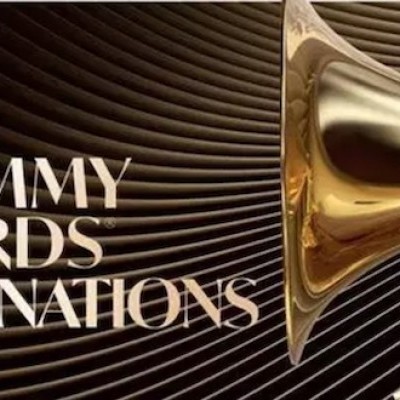
To see the complete list of nominations for the 2026 Grammy Awards, go to grammy.com.
Nov 11, 2025 12:35 PM
The nominations for the 2026 Grammy Awards are in, with plenty to smile about for the worlds of jazz, blues and beyond.…
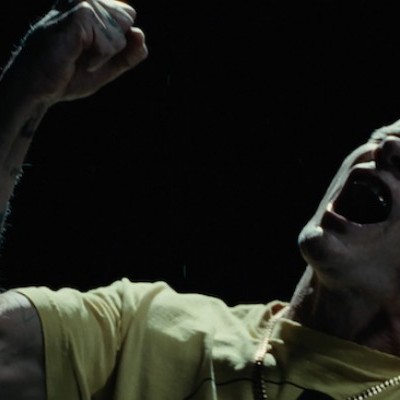
Flea has returned to his first instrument — the trumpet — and assembled a dream band of jazz musicians to record a new album.
Dec 2, 2025 2:01 AM
After a nearly five-decade career as one of his generation’s defining rock bassists, Flea has returned to his first…
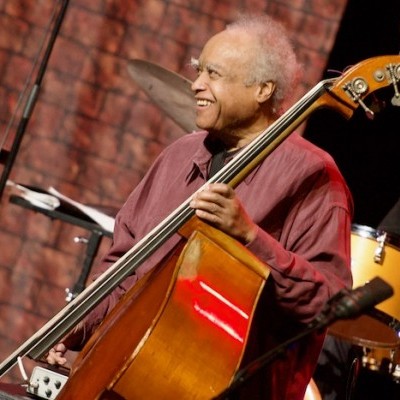
Drummond was cherished by generations of mainstream jazz listeners and bandleaders for his authoritative tonal presence, a defining quality of his style most apparent when he played his instrument unamplified.
Nov 4, 2025 11:39 AM
Ray Drummond, a first-call bassist who appeared on hundreds of albums as a sideman for some of the top names in jazz…

